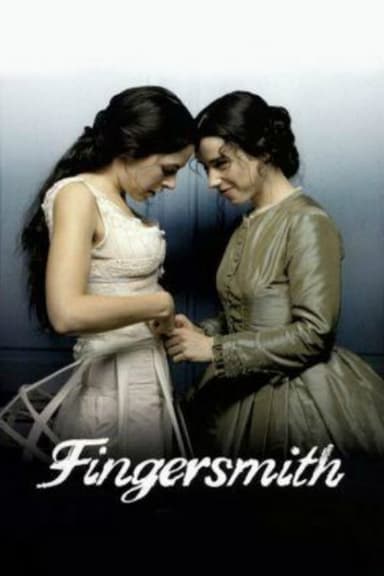
Tipping the Velvet
2002 • Drama
A tempestuous tale of love and life as a naïve girl discovers both romance and pain in the hidden, decadent world of bohemian London in the 1890s. Nan Astley embarks on a voyage of emotional and sexual discovery with Kitty Butler, a music hall male impersonator.
Why you should read the novel
Sarah Waters’ novel Tipping the Velvet offers readers an immersive journey through Victorian England’s hidden corners, told from the enthralling first-person viewpoint of Nancy Astley. The book delves deeply into the protagonist’s personal growth, tender romances, and poignant heartbreaks with nuanced detail and historical authenticity. Rich and evocative prose enables readers to dwell in Nancy’s thoughts, providing an intimacy and complexity that television adaptations cannot fully capture.
Engaging with the novel allows for a more subtle and gradual development of characters, especially Nancy herself, whose desires and dilemmas are explored at length. Waters navigates topics like gender, class, and sexuality with a meticulousness that reaches beyond the plot, exploring broader social questions with wit and emotional resonance. This makes reading the novel not just an absorbing story but also a thought-provoking experience.
By reading the source material, you benefit from Waters’ intelligent, lyrical writing style and the vivid internal perspective she crafts. Readers are granted the luxury of introspection, nuance, and literary beauty that only fiction can provide. If you crave a richer, more complex understanding of the characters and their society, the book is a deeply rewarding choice over the TV series.
Adaptation differences
One of the most striking differences between the Tipping the Velvet novel and its 2002 TV series adaptation lies in the narrative perspective. The book is written in the first person, so readers experience Nancy’s inner world directly, including her motivations, anxieties, and passions. The adaptation, by necessity, externalizes these thoughts, sometimes simplifying or omitting more subtle aspects of her emotional development.
Another key difference is the treatment of supporting characters. The novel spends significant time developing secondary figures such as Florence, Kitty, and Diana, providing background and internal motivations. In contrast, the TV adaptation telescopes these relationships and occasionally alters or omits scenes, streamlining plotlines to fit the episodic format and screen time constraints.
The adaptation also softens or changes certain explicit elements from the novel, particularly regarding Nancy's sexual experiences. While the TV series is more daring than typical period dramas, it still omits some of the novel’s more graphic or controversial scenes—either toning them down or bypassing them for broader audience appeal.
Finally, pacing and structure diverge between the two. The TV mini-series must compress events for dramatic effect, introducing or reordering scenes for visual impact. In contrast, the novel unfolds at a more deliberate pace, allowing for gradual character transformation and nuanced explorations of queer identity. This difference gives the book a richer, more contemplative texture often lost in adaptation.
Tipping the Velvet inspired from
Tipping the Velvet
by Sarah Waters

